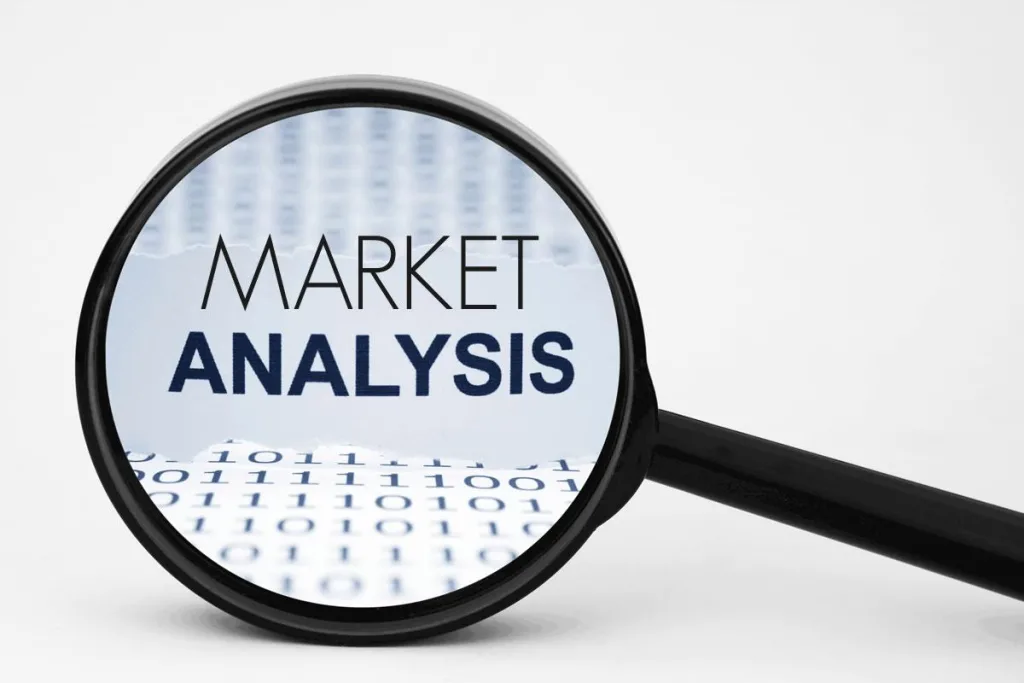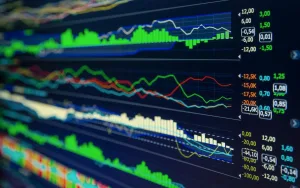The Competitive Indices Driving the Global Steel Market: A Comprehensive Analysis
3 min read
The global steel market is a complex and dynamic industry, influenced by a multitude of factors ranging from raw material availability to geopolitical events. To navigate this intricate landscape, industry stakeholders rely on various competitive indices. These indices provide critical insights into market trends, pricing, production, and consumption patterns, enabling informed decision-making. This article explores the key competitive indices in the global steel market, their significance, and how they shape the industry.
1. Understanding Competitive Indices in the Steel Market
Competitive indices in the steel market are metrics and benchmarks used to assess the performance, pricing, and competitiveness of steel products globally. These indices are essential for manufacturers, traders, investors, and policymakers to monitor market conditions and make strategic decisions.
2. Major Competitive Indices in the Global Steel Market
a. Steel Price Indices:
- World Steel Price Index (WSPI): The WSPI tracks the global price trends of steel products, including hot-rolled coil (HRC), cold-rolled coil (CRC), and rebar. It reflects market dynamics and provides a benchmark for pricing negotiations.
- London Metal Exchange (LME) Steel Rebar Index: The LME offers futures contracts for steel rebar, providing transparency and liquidity in steel pricing. The LME index is a crucial tool for managing price risk and planning purchases.
b. Production and Capacity Utilization Indices:
- World Steel Association (WSA) Production Index: This index reports monthly and annual steel production data from major producing countries, highlighting trends in global output and capacity utilization.
- OECD Steel Market Outlook: The OECD provides comprehensive analyses of steel production, capacity utilization, and market trends, offering valuable insights for long-term planning.
c. Trade and Consumption Indices:
- Global Trade Atlas (GTA): The GTA tracks international trade flows of steel products, providing data on imports and exports by country. This index helps identify trade patterns and market opportunities.
- BMI Research Consumption Index: This index forecasts steel consumption trends across different regions and industries, aiding in demand planning and market strategy.
3. Factors Influencing Competitive Indices in the Steel Market
a. Raw Material Prices:
- The prices of raw materials such as iron ore, coal, and scrap metal significantly impact steel production costs and pricing indices. Fluctuations in raw material prices can cause volatility in steel indices.
b. Economic Cycles:
- Economic growth and industrial activities drive steel demand. During economic upswings, increased construction and manufacturing boost steel consumption, positively affecting production and pricing indices.
c. Geopolitical Events:
- Trade policies, tariffs, and geopolitical tensions can disrupt steel trade flows and impact competitive indices. For instance, tariffs on steel imports can alter market dynamics and influence price indices.
d. Technological Advancements:
- Innovations in steel production processes, such as electric arc furnace (EAF) technology and green steel initiatives, affect production efficiency and environmental compliance, influencing competitive indices.
4. The Role of Competitive Indices in Strategic Decision-Making
a. Market Entry and Expansion:
- Competitive indices help companies assess market conditions and identify regions with favorable production costs, demand, and growth potential, guiding market entry and expansion strategies.
b. Pricing and Contract Negotiations:
- Price indices serve as benchmarks for contract negotiations between steel producers and buyers. They provide transparency and help in setting fair and competitive prices.
c. Risk Management:
- Futures contracts and indices like the LME Steel Rebar Index enable companies to hedge against price volatility, ensuring financial stability and reducing exposure to market risks.
d. Investment Decisions:
- Investors use competitive indices to evaluate the performance of steel companies and the overall market. Indices provide insights into profitability, market trends, and growth prospects, informing investment choices.
Conclusion
Competitive indices are indispensable tools in the global steel market, offering valuable insights into pricing, production, trade, and consumption trends. By understanding and leveraging these indices, industry stakeholders can make informed decisions, manage risks, and capitalize on market opportunities. As the steel market continues to evolve, the role of competitive indices will remain crucial in navigating its complexities and driving sustainable growth.



